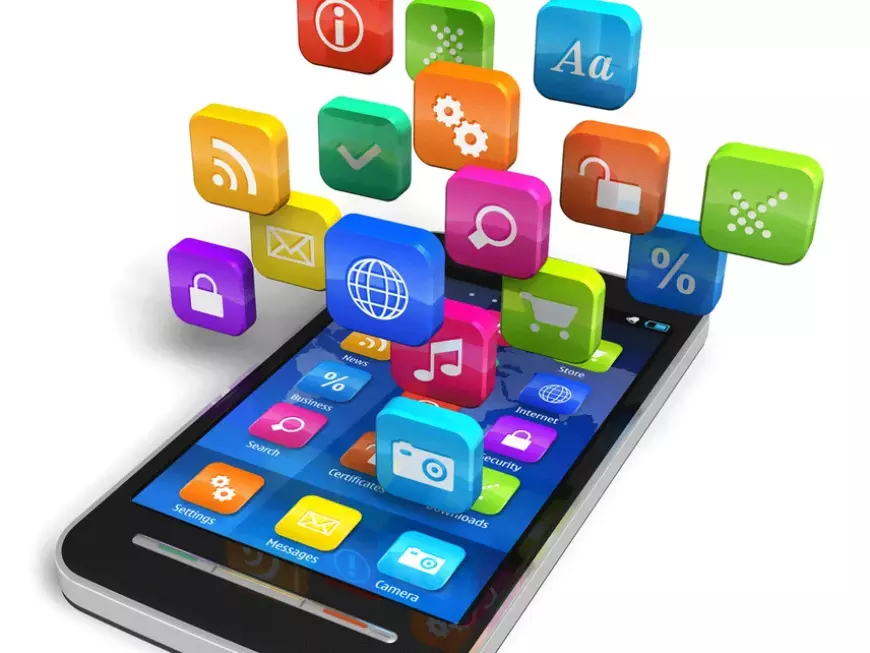Can mobile applications serve as a substitute for traditional cell phone carriers?
When Facebook invested $16 billion in acquiring the mobile messaging app WhatsApp in February 2014, it left many Americans puzzled.

When Facebook invested $16 billion in acquiring the mobile messaging app WhatsApp in February 2014, it left many Americans puzzled. They questioned the need for a texting app when their cell plans already covered such services.
While web-based messaging applications like WhatsApp, Telegram, Google Voice, Skype, and Facebook Messenger are widely popular globally, U.S. users predominantly stick to SMS texting provided by their cellular service carriers. WhatsApp, boasting over 450 million monthly users and adding over 1 million new users daily, is among the leading web-based mobile messaging apps.
To use WhatsApp, individuals install the app on their phones, enabling them to send text messages through a free or more affordable application, as opposed to relying on a texting plan from a cellular network like AT&T or Verizon. Some apps even support Voice over IP (VoIP) calling. With unlimited texting and calling over the internet, users have the option to significantly reduce their cell plan's minute and text allowances, and some have gone as far as eliminating their cell texting service altogether.
Can web-based mobile messaging and talk apps replace the need for a costly cell service? For those frequently exceeding their text limits, it's a possibility. Here are some common queries about this technology:
Do I need to be connected to Wi-Fi to send or receive texts and phone calls?
Smartphone users are familiar with the three components of their cell plans: minutes for calls, texts, and data. Data provides internet access (typically 3G or 4G) when outside Wi-Fi range.
Individuals relying solely on web-based talk and messaging apps have the option to opt for a data-only plan, potentially allowing them to part ways with their expensive cell service providers.
You can test web-based texting and calling before deciding to cancel your cell service. Simply install one of the messaging apps on your current smartphone and use it for calling and texting instead of relying on your carrier’s provided minutes and text allowances. Adjusting to the need to launch an app for calls or texts instead of using the default phone symbol might require some adaptation, so it's advisable to familiarize yourself with the process before completely cutting ties with your cell plan.
Several web-based messaging apps mandate that both parties have the same app installed, while others like Google Voice and UppTalk can communicate with users who haven't installed the app. If you're considering apps such as WhatsApp, Telegram, or Skype, discuss with your frequent contacts about installing the app as well— the potential savings on their text/minutes plan could motivate them to explore something new.
Not all messaging apps support voice calling, and some may charge for calling a landline or mobile phone without the same app. For instance, Skype may have a monthly fee for unlimited landline and mobile calling within the U.S., while Google Voice allows free calls to any U.S. number as long as the call originates from the U.S. or Canada.
What about international calling/texting?
Web-based messaging apps excel in this area. International calls or texts can be expensive with traditional landline or mobile calling plans. Using services like Google Voice, Skype, or the UppWireless app for international calls to landlines or mobile phones may cost as little as $.01 to $.10 per minute. Additionally, texting or calling someone using the same app is typically free.
Moreover, web-based messaging apps eliminate the issues of compatibility between networks, which can lead to failed delivery of traditional cell-based SMS texts if the recipient's network is incompatible with the sender's network.












































